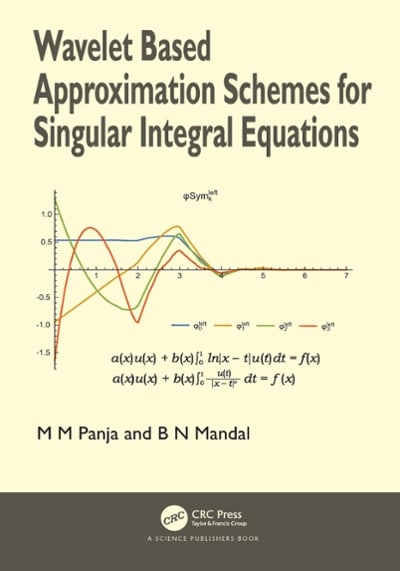Question
ANOVA and taking notes: Researchers studied the type of note taking that would lead to the best performance on conceptual questions on a test (Mueller
ANOVA and taking notes: Researchers studied the type of note taking that would lead to the best performance on conceptual questions on a test (Mueller & Oppenheimer, 2014). Conceptual questions are those in which students have apply the material, rather than just answer fact-based questions. Students were randomly assigned to one of the following groups:
1. take notes by hand (the longhand group)
2. Take notes on their laptops as usual (the laptop-nonintervention group)
3. Take notes on their laptops with instructions to try to put the notes in their own words (the laptop-intervention group)
Because people tend to take notes verbatim on their laptops, the researchers speculated that those in the laptop-nonintervention group would learn less, on average, than those in the other two groups. The researchers reported that "results showed that on conceptual- application questions, longhand participants performed better (z-score M= 0.28, SD= 1.04) than laptop-nonintervention participants (z score M= -0.15, SD= 0.85), F (1,89)=11.98, p=0.017, n2p=0.12. Scores for laptop-intervention participants (z-score M=-0.11, SD=1.02) did not significantly differ from those for either laptop-nonintervention (p=0.91) or longhand (p=0.29) participants" (p.1162).
- What is the independent variable in the study? What are its levels?
- What is the dependent variable in the study?
- Is this an experiment or a correlational study? Explain your answer.
- The report of the statistic provides us with z-score M rather than M. Explain what these researchers are reporting here.
- Which groups are significantly different from each other? Describe two ways that we know this?
- The effect size is given in terms of n2p. What does this tell us about the effect size? (Note: The subscript p means "partial" and indicates that this effect size is just for this particular finding. You may ignore that p in your answer. Remember that h2 is roughly equivalent to R2.)
- A friend hears this finding and says, "I don't want to take notes longhand, but I'll think about typing the notes in my own words. The mean z-score of -0.11 is higher than the mean z-score of -0.15." Why is this statement problematic from a statistical point of view?
- If the finding of no significant difference between the longhand group and the laptop-intervention group is wrong, what kind of error is this? Explain your answer.
Step by Step Solution
There are 3 Steps involved in it
Step: 1

Get Instant Access to Expert-Tailored Solutions
See step-by-step solutions with expert insights and AI powered tools for academic success
Step: 2

Step: 3

Ace Your Homework with AI
Get the answers you need in no time with our AI-driven, step-by-step assistance
Get Started


